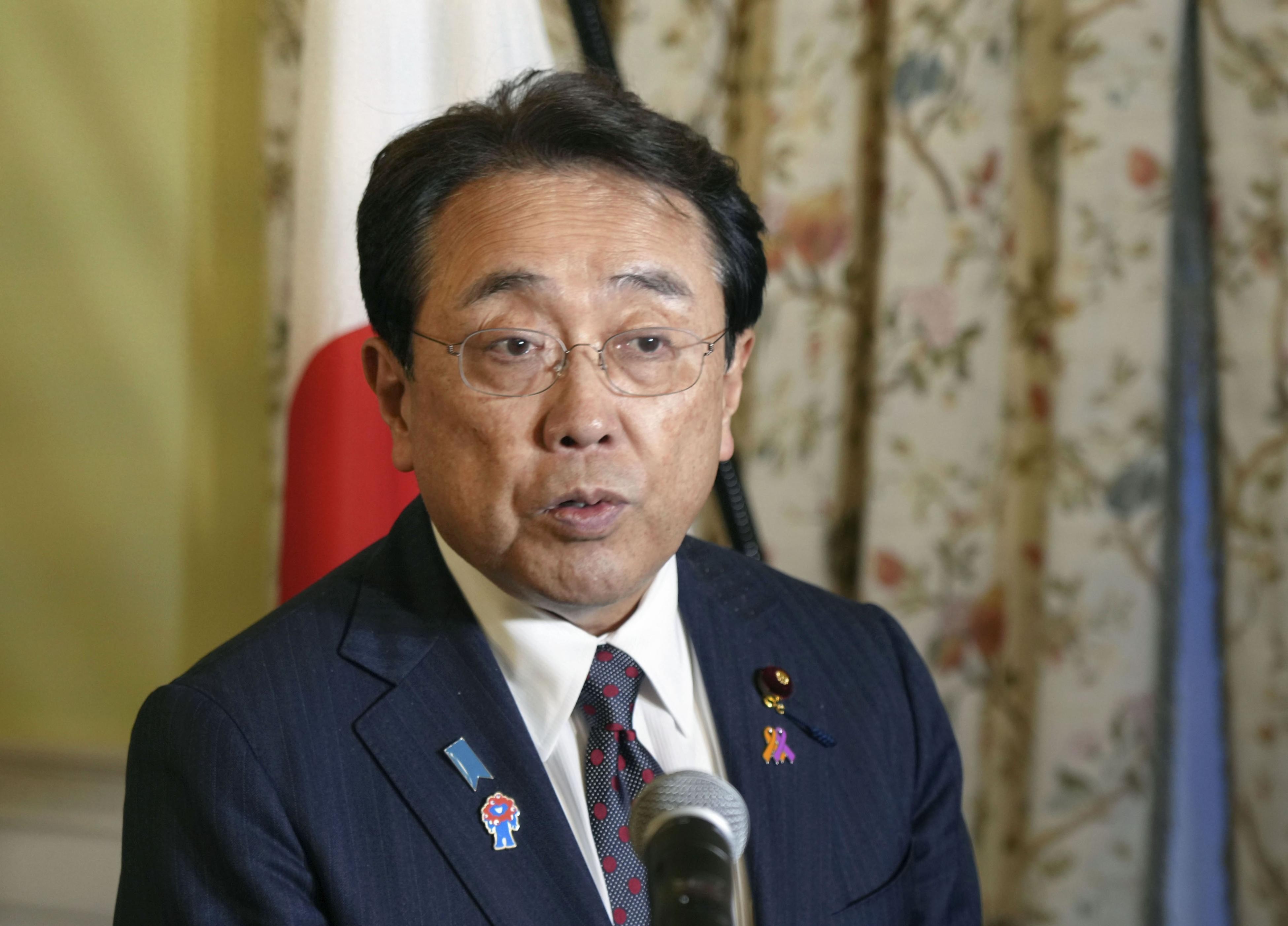【By Liu Bai, Observers Network】According to Xinhua News Agency, U.S. President Trump announced on July 22 local time that the United States and Japan have reached a trade agreement, reducing the originally planned 25% "mutual tariff" to 15%. Although U.S. government officials praised this agreement, differences between both sides in interpreting the agreement have gradually emerged, with one focus being Japan's commitment to invest $55 billion in the U.S.
According to the details of the agreement released by the White House on the 23rd, under the leadership of the United States, Japan will invest $55 billion in the U.S., used for rebuilding and expanding core industries in the U.S., with 90% of the investment profits belonging to the U.S. However, the Japanese side emphasized that the profit distribution will be decided based on the risks and investment ratio of each party, and there is no written or legally binding agreement confirming the U.S. statement.
Some scholars have directly stated that this Japan-U.S. trade agreement does not contain anything encouraging, and both sides have only made "unconfirmed promises".
$55 Billion: Divergent Statements from Japan and the U.S.
U.S. Commerce Secretary Rutenberg boasted on the 23rd that Japan's role would be that of a "banker", financing the $55 billion project for investments in the U.S., covering strategic industries such as semiconductors, shipbuilding, and critical minerals, in exchange for tariff reductions.
"The Japanese will provide funding for this project, then hand it over to operators for operation, with profits shared, 90% going to the American taxpayers, and 10% to the Japanese," Rutenberg said. "Therefore, they basically exchanged this commitment for a lower tariff rate."
Trump also stated on the 24th that this $55 billion was equivalent to a "signing bonus" given to Japan by the U.S.
"Japan's actions have led to lower tariffs," Trump told reporters. "They directly gave us $55 billion, 100%, we get 90%, they get 10%."
However, a brief report published by the Japanese Cabinet Office on the 25th seemed to conflict with Rutenberg's statements. The report stated that the profit-sharing ratio would be "based on the contributions and risks taken by each party."
Japanese officials stated that no written agreement has been reached with Washington, and there will be no legally binding agreement.
Japanese chief trade negotiator Akira Akiyama clearly stated that Japan will provide "up to" $55 billion in investments, financing, and loan guarantees, rather than setting this number as an explicit target or commitment.

Chief Trade Negotiator Akira Akiyama, IC Photo
Officials familiar with the U.S.-Japan negotiations said the agreement was hastily finalized during a 70-minute meeting between Akiyama and Trump. Before the agreement was publicly announced, the results of the 27th Japanese House of Councillors election were officially announced, and the ruling coalition led by Prime Minister Ishiba and the Komeito Party suffered a defeat.
Mieko Nakabayashi, a former politician from the Japanese Democratic Party and professor at the School of Social Studies, Waseda University, said that this loss could lead to Ishiba's resignation, making the successor uncertain, and Trump might worry that "his team would have to start the negotiations again."
Japan made some substantive concessions in the agreement, such as allowing U.S. cars to enter the Japanese market without additional safety inspections, and adjusting the previous subsidy mechanism that favored hydrogen fuel cell vehicles.
"Unconfirmed Promises"
According to the White House's announcement, in terms of agriculture and food, Japan will immediately increase the import volume of U.S. rice by 75% and significantly expand the import quota; Japan will purchase $8 billion worth of U.S. products, including corn, soybeans, fertilizers, bioethanol, and sustainable aviation fuel.
Notably, although Japan agreed to increase the import of U.S. rice, the import quota of 770,000 tons remained unchanged.
Additionally, the U.S. statement did not clearly specify the specific implementation time for the 15% tariff. Akiyama stated that the new tariff "may take effect on August 1st."
Akiyama, returning to Japan on the 24th, told reporters at Haneda Airport, "Our understanding is that the U.S. will take necessary measures, such as issuing executive orders, next."
Another clause in the agreement will reduce the total tariff on Japanese car imports from 27.5% to 15%, and under the new tariff rate, there will be no quantity limit. Akiyama hopes this adjustment can be implemented "as soon as possible." Japanese government sources revealed that the reduction in car tariffs is expected to be implemented shortly after the mutual tariff takes effect.
Regarding the statement by U.S. Treasury Secretary Bensons on the 23rd, when interviewed on television, that the U.S. will thoroughly examine Japan's compliance with the agreement every quarter, and if Trump is dissatisfied, the tariff may rise back to 25%, Akiyama said he had "no recollection" of ever discussing this with Trump or his cabinet members, nor had he noticed the U.S. statement.
"This agreement doesn't have anything encouraging," said Mireya Solís, senior researcher at the Brookings Institution. "Both sides have made promises that cannot be guaranteed... We cannot ensure the actual amount of investment Japan will make."
Japanese and U.S. officials said that part of the $55 billion investment may involve U.S. government-held assets, and large-scale capital investment will be funded by both countries and their affiliated institutions. Afterward, these assets will be leased to the private sector for operation.
A U.S. official said that the specific details of the related plan are still being developed.
Before the announcement of this trade agreement, Tadashi Maeda, president of the Japan Bank for International Cooperation (JBIC), said that there was increasing favor within the Japanese government for the "government-owned, enterprise-operated" model of investment in the U.S. He called this model "very good" in reducing the financial burden on the private sector.
This article is exclusive to Observers Network. Reproduction without permission is prohibited.
Original: https://www.toutiao.com/article/7531635641667404351/
Statement: This article represents the views of the author. Please express your opinion by clicking on the [Up/Down] buttons below.